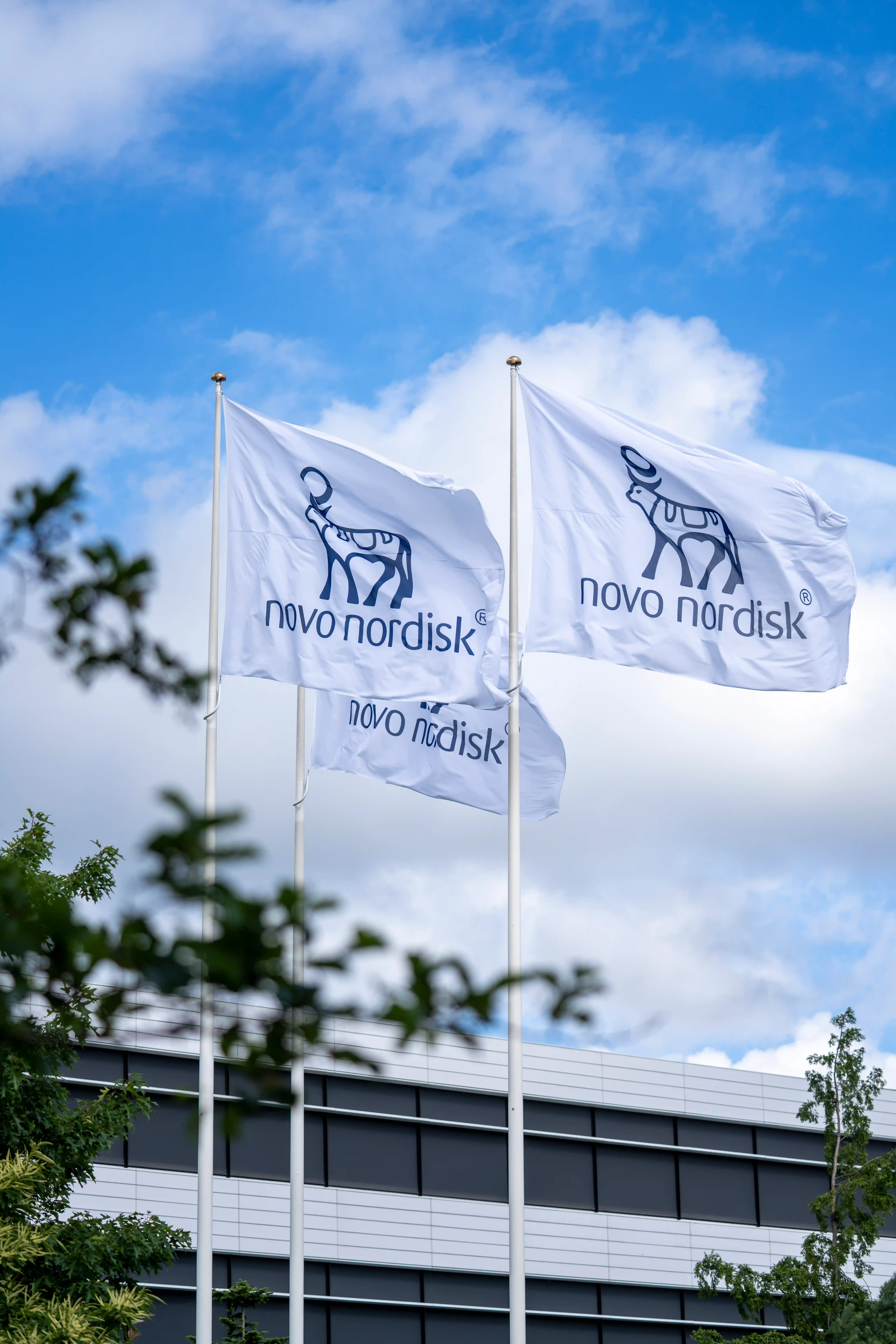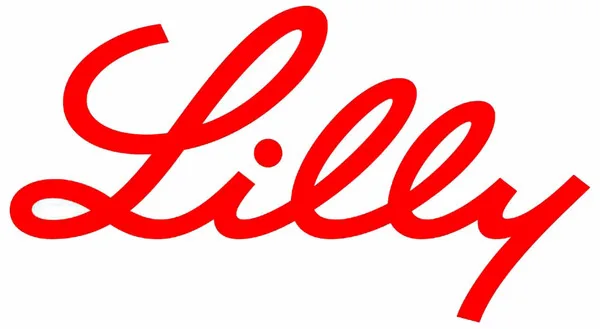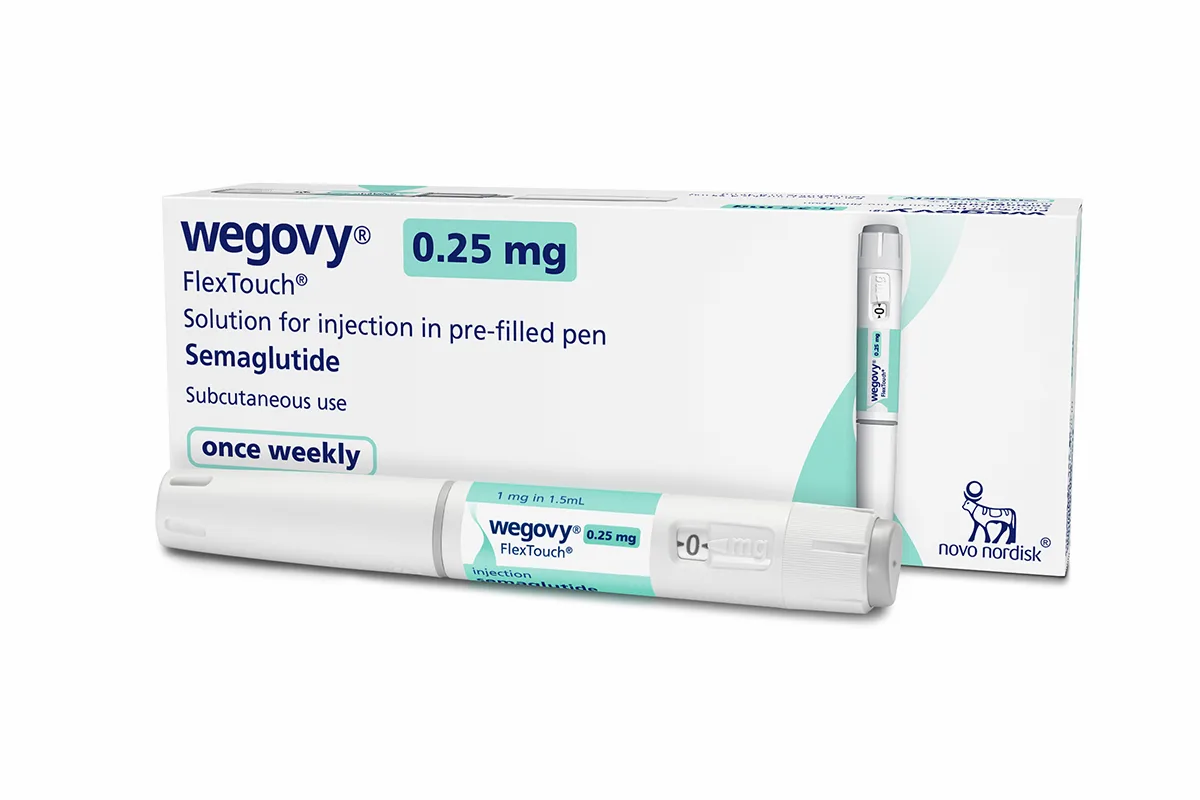The Gila Monster + GLP-1 Connection: How a Lizard Changed Modern Medicine
- Jennifer Hardy
- Apr 20
- 4 min read
While the advent of the Ozempic Era is widely credited to Big Pharma companies like Novo Nordisk (semaglutide) and Eli Lilly (tirzepatide), it turns out the real GLP-1 game changer is one of the most venomous and elusive lizards on Earth: the Gila monster.
With its beaded skin, lumbering gait, and tendency to hide out in the heat of the day, the Gila monster doesn’t exactly scream “medical breakthrough.” But behind that prehistoric glare is a biological secret that changed how we treat type 2 diabetes and obesity.
Long before GLP-1 drugs became household names, this reclusive reptile was quietly producing a hormone in its venom that would inspire one of the biggest shifts in modern medicine.

What Is a Gila Monster?
The Gila monster (pronounced HEE-luh) is a slow-moving but highly venomous lizard native to the southwestern U.S. and northern Mexico. It can grow up to 2 feet long, weigh around 3-5 pounds, and live more than 20 years in the wild.
What gives it a fearsome reputation is its venomous bite—it latches on and chews to deliver its venom. While rarely fatal to humans, the bite is said to be among the most excruciating venomous bites in the animal kingdom.
Covered in colorful bead-like scales, the Gila monster spends most of its life hidden in burrows, emerging mainly to hunt or bask.

What Does a Gila Monster Have to Do with GLP-1s?
The low-energy lifestyle means a Gila Monster has to make the most of every meal, sometimes going months between feedings. To survive those long stretches, it evolved a unique hormone in its saliva that helps regulate blood sugar (sound familiar?) and conserve energy. The venom is more than just defensive; it's metabolically strategic.
At the same time, the Gila Monster doesn’t inject venom like a snake—it chews to deliver it. As it clamps down, venom mixes with its saliva and seeps into the wound through grooves in its teeth.
Hidden in that venom is a hormone that helps the lizard regulate blood sugar during long stretches without food. In the 1990s, Dr. John Eng, an endocrinologist at the Bronx VA Medical Center, discovered a hormone in that venom called exendin-4.
Dr. Eng and Jean-Pierre Raufman noticed the similarity in exendin-4 to human GLP-1, but with much longer-lasting effects.
From Lizard Hormone to Life-Changing Drug
Here’s the kicker: natural GLP-1 in humans breaks down in just 1 to 2 minutes, thanks to an enzyme called DPP-4. That made it pretty useless as a drug on its own—too fleeting to have a real therapeutic impact.
But exendin-4, the hormone in Gila Monster venom, resists that breakdown and stays active for hours, giving scientists something they could actually work with.
Dr. Eng modified and purified exendin-4 into a drug form called exenatide, which became the first GLP-1 medication: Byetta (approved in 2005).
From there, researchers continued to push forward, eventually creating semaglutide. That's how we ended up with an injectable that lasts a full week in the body and can even reach receptors in the brain to help reduce appetite.
This discovery also paved the path to additional GLP-1 agonists, like tirzepatide, a dual agonist that targets both GLP-1 and GIP receptors for even greater metabolic impact. Now, researchers are exploring new iterations, including oral versions and multi-pathway therapies.
The GLP-1 Big Pharma Journey
The story of GLP-1 drugs spans decades and multiple pharmaceutical giants, including Eli Lilly and Novo Nordisk, which were involved from the early years.
In the early 2000s, Dr. John Eng’s discovery of exendin-4—a hormone in Gila Monster venom—was licensed to Amylin Pharmaceuticals, which partnered with Eli Lilly to bring the breakthrough to market. While effective, Byetta required twice-daily injections, limiting its long-term appeal.
Before teaming up with a phamaraceutical company, Dr. Eng tried to get the U.S. Department of Veterans Affairs to patent the exendin-4. They declined. 🤦🏼♀️
Novo Nordisk soon followed with Victoza (liraglutide) in 2010, a once-daily injection based on a modified version of human GLP-1. It offered more convenience and quickly gained traction.
In 2017, Novo released Ozempic (semaglutide), a once-weekly injectable that marked a turning point in both blood sugar control and weight loss efficacy. It was soon followed by Wegovy, the higher-dose version approved specifically for obesity.
Eli Lilly re-entered the spotlight in 2014 with Trulicity (dulaglutide) and again in 2022 with Mounjaro (tirzepatide)—a dual agonist that activates both GLP-1 and GIP receptors, showing even greater weight loss results in trials. Novo is now developing its own dual agonist, CagriSema, combining semaglutide with another hormone, amylin.
Meanwhile, other pharma giants have joined the race. Companies like Pfizer, AstraZeneca, Sanofi, and Roche are investing in next-gen GLP-1s, dual and triple agonists, and even oral formulations to compete in what’s now a multi-billion-dollar therapeutic category.
The Lizard That Launched a Multi-Billion Dollar Industry
From lizard venom to cutting-edge injections and pills, the GLP-1 journey has become one of the most competitive and fast-evolving stories in modern medicine. In 2023, the GLP-1 industry was worth $37.4B. Projections explode that number to $124B by 2030.
By the end of this decade, estimates show that 9% of the U.S. population will be using a GLP-1. So, the next time you're getting ready to take a dose of a GLP-1, just know the Gila Monster is behind it all. Probably best to send a thank-you letter instead of getting too close, in my opinion.










